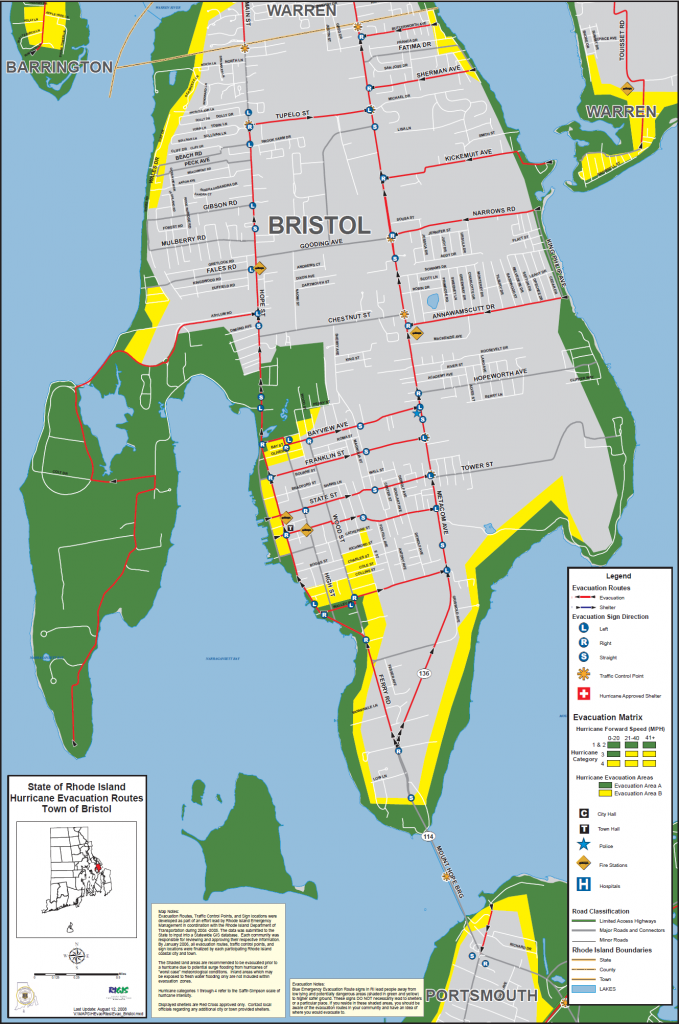Health care is a service devoted, by definition, to those who are vulnerable. People seek out health-related services during stressful times and may be easily swayed into trying less than effective methods, even ‘snake oil’ remedies, for treating their ails and pain. This being the case, the health care provider has a moral obligation to advocate for the patient. Advocacy entails considering only what is in the best interest of others, even to the detriment of one’s self. Patient advocacy helps to ensure both health care quality and safety. The Institute of Medicine defines health care as “[the] degree to which health services for individuals or populations increase the likelihood of desired health outcomes and are consistent with the current professional knowledge” (as cited in Savage & Williams, 2012, p. 26). Savage and Williams (2012) discuss the importance of effective and efficient delivery of health care, which means avoiding overuse (providing services to those who will least benefit) and underuse (failing to provide services to those that would benefit) stating, “quality is important in health care because there are limited resources to improve the health of both individuals and the population as a whole” (p. 72).
According to Savage and Williams (2012), all stakeholders are affected by the level of quality in health care. From a patient’s perspective, health care delivery should be aimed at addressing the patient’s problem with the least invasive, yet most effective, therapy possible. Delivering health care is a high-risk endeavor that focuses the risk towards the patient, potentially causing harm and great suffering. The provider, driven by the desire to help without harming, would benefit greatly by the development of ‘best practices’, or evidence-based practice, in order to help the most people with the available resources. Additionally, providers wish to be paid a fair rate in exchange for the services performed, and this can only occur in an efficient system with little waste to impact revenue. On the other hand, third-party payors, the most prolific purchasers of health care, demand the most effective and efficient services in return for their payment in order to control the costs of their own services. Third-party payors, like Medicare, Blue Cross, and others, have such a large client base that they are able to effectively negotiate health care services for lower rates.
As a health care manager, it is increasingly important to ensure quality and safety in the delivery of health services. Medical malpractice litigation, according to Savage and Williams (2012), is costly to practitioners and organizations, even though it does little to deter poor quality. Rather than relying on the courts to make forceful recommendations, an effective manager can use tools already available to promote best practice within their organization. For instance, continuous quality improvement (CQI) programs promote systematic, data-driven process improvements focused by the customer’s perceptions. CQI can uncover interferring processes and can make modest to significant improvements that can indirectly improve other, linear processes, thereby, making greater improvements, overall.
References
Savage, G. T. & Williams, E. S. (2012). Performance improvement in health care: The quest to achieve quality. In S. B. Buckbinder, N. H. Shanks, & C. R. McConnell (Eds.), Introduction to healthcare management (Custom ed.; pp. 25-79). Sudbury, MA: Jones & Bartlett.


